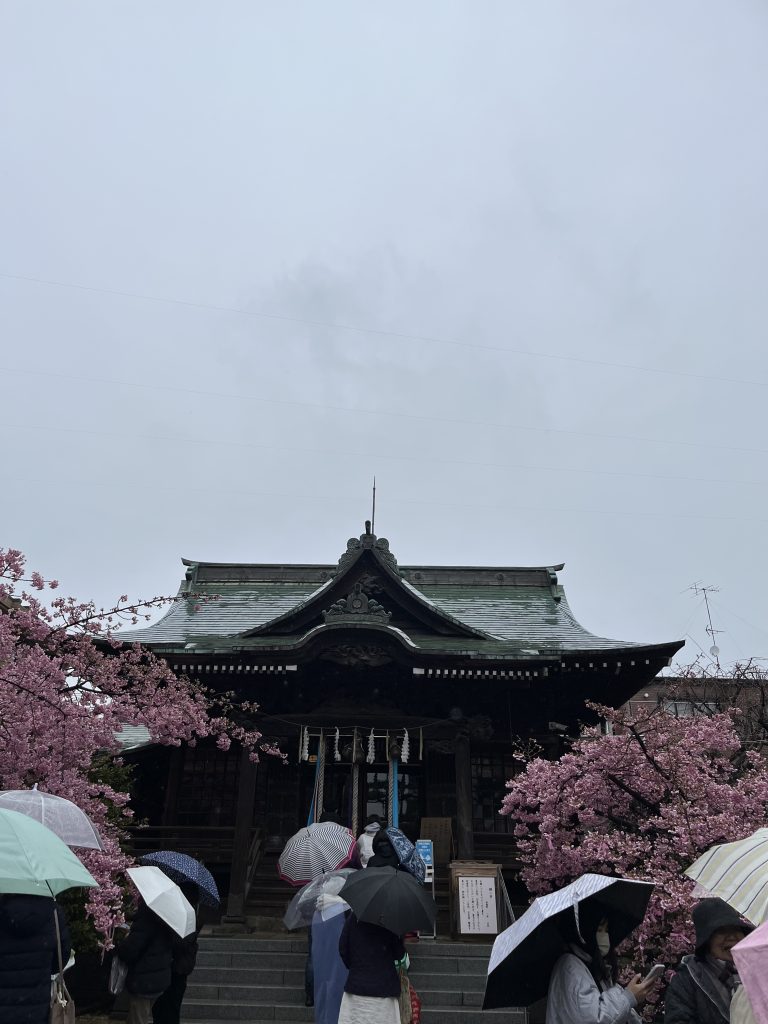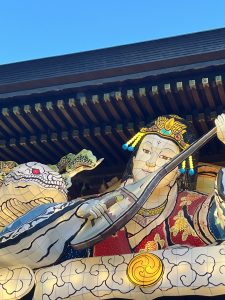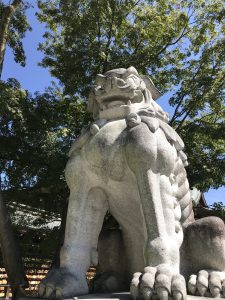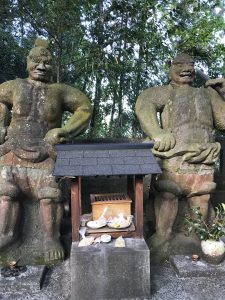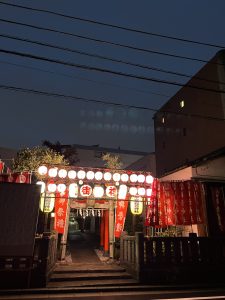Why Did Shinto and Buddhism Separate? A Historical Look at Japan’s Religious Culture
In the previous article, we explored how Shinto and Buddhism coexisted harmoniously in Japan for centuries.
Many Japanese believed that “since this kami and that Buddha are similar, they must be the same,” and this kind of flexible thinking became a foundation of Japanese religious culture.
But today, shrines and temples are clearly separated.
Why were the gods and Buddhas—once united—eventually divided?
The answer lies in the politics of the Meiji period and the vision of the modern nation-state.
The Meiji Government’s Stance: “Shinto Is Not a Religion”
In 1868, Japan underwent the Meiji Restoration and began transforming into a modern nation.
The new government sought a unifying spiritual foundation for national identity.
They chose Shinto, centered around the Emperor.
But here’s the key: the government did not treat Shinto as a religion, but rather as a form of national morality and traditional ritual.
With that reasoning, they began implementing policies to separate Shinto from Buddhism.
The Separation of Kami and Buddhas: Shinbutsu Bunri and the Haibutsu Kishaku
In 1868, the Meiji government issued an order known as the Shinbutsu Bunri (Separation of Kami and Buddhas).
This policy required the removal of Buddhist elements from Shinto shrines.
As a result, across the country:
- Shrines that had attached temples (jingū-ji) were dismantled
- Buddhist statues and artifacts were destroyed
- Monks were expelled from shrine grounds
This led to widespread violence and destruction, a movement now known as the Haibutsu Kishaku (“abolish Buddhism, destroy Shākyamuni”).
In short, the centuries-long fusion of Shinto and Buddhism was forcefully undone by state policy.
The Rise of State Shinto: A “Non-Religious” Religion
After the separation, the government created a centralized system for managing shrines. This was the beginning of what came to be known as State Shinto.
Under this system:
- Shrines were defined not as “religious institutions” but as places for “public morality”
- Shinto rituals were incorporated into education and state ceremonies
In effect, Shinto was treated as non-religious, even though it clearly had religious aspects.
It wasn’t that the government removed the spirituality from Shinto—it simply refused to recognize it as religion.
At this time, most shrines accepted the state’s definition and lost their religious identity.
However, a few shrines chose a different path. Refusing to conform, they continued independently as spiritually focused institutions, even without state recognition.
One such shrine exists near the author’s home. Despite its unofficial status, it has earned deep local faith and remains a vibrant presence in the community.
Today, reviving the spiritual depth of shrines—rather than treating them as empty rituals—may be the key to preserving and revitalizing them in modern society.
Postwar Shinto: The End of State Shinto and Return to Private Faith
After World War II, the occupying Allied forces issued the Shinto Directive, dismantling State Shinto.
Shrines were removed from government control and reorganized as religious corporations, returning to the private sphere.
Still, by then, Shinto shrines had become deeply embedded in everyday life.
So even after the war, people continued visiting shrines—not out of official duty, but as a natural part of life and culture.
Modern Shrine Visits: More Habit Than Faith
Today, many Japanese people say “I’m not religious,” yet they still visit shrines for New Year’s, baby blessings, Shichi-Go-San festivals, and more.
These visits are not necessarily acts of belief, but more like:
- Saying thank you
- Making a wish
- Finding peace of mind
In other words, shrine practices have become daily customs, not doctrinal faith.
Shinto today exists somewhere between religion and tradition, quietly woven into the rhythms of Japanese life.
Summary
- Shinto and Buddhism were long practiced together in Japan through Shinbutsu-shūgō
- The Meiji government separated them by declaring Shinto “non-religious” for political unity
- The Shinbutsu Bunri and Haibutsu Kishaku forcibly divided centuries of fusion
- After World War II, State Shinto was dismantled, and shrines became private religious entities
- Today, shrine visits continue as part of cultural habit, not necessarily religious belief
- Reviving the spiritual dimension of shrines may be key to their future
